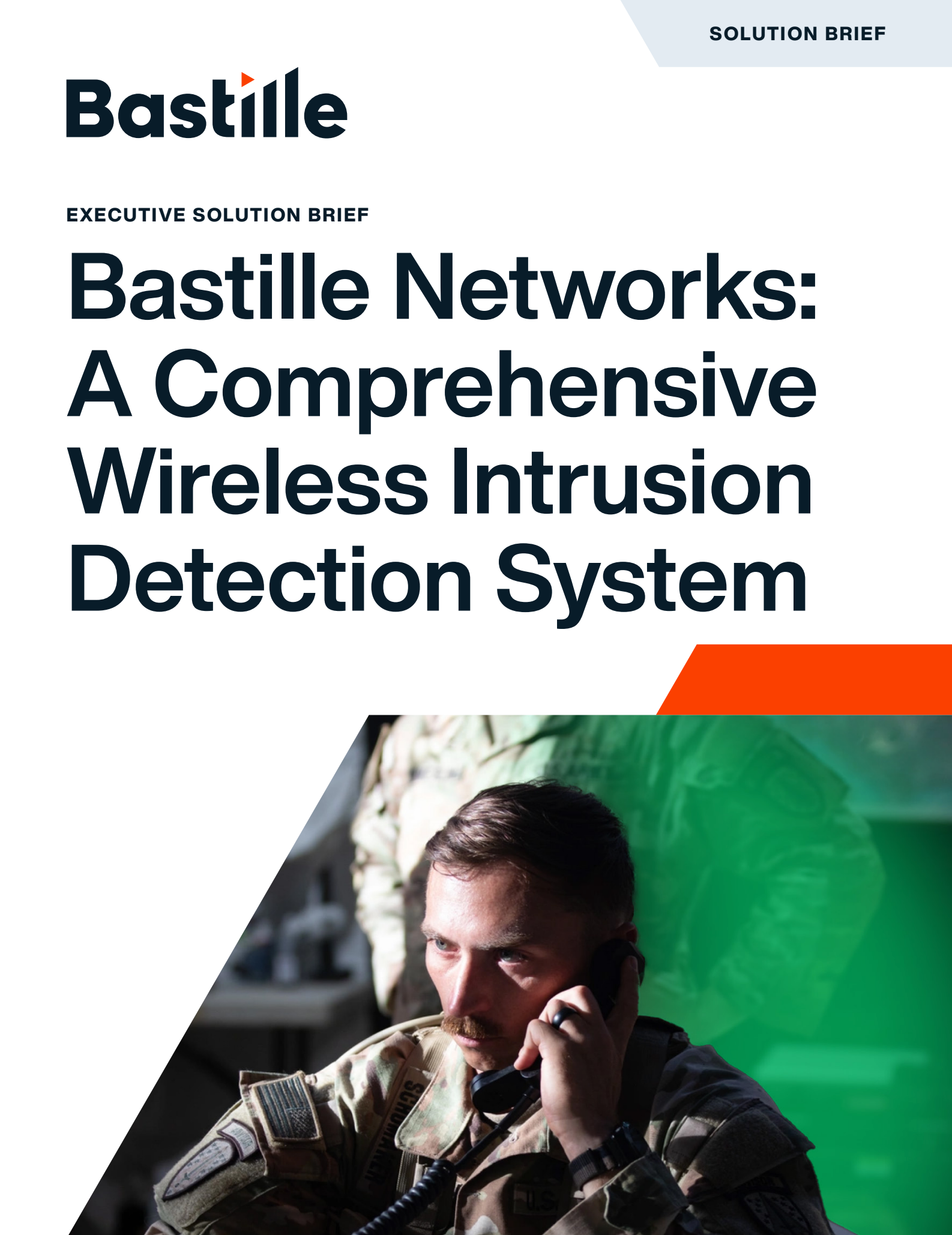Bluetooth tethering can be used to pair a network device with a cellular data path which bypasses your traditional network security. How do you detect when someone starts Bluetooth tethering in your building? How do you avoid false alarms when the Bluetooth is only being used to connect a headset?
What is Bluetooth Data Exfiltration?
Bluetooth data exfiltration is the unauthorized transfer or theft of data from a device via Bluetooth. It’s a type of wireless attack where malicious actors exploit vulnerabilities in Bluetooth protocols to silently extract sensitive data from nearby devices — without needing a wired connection or obvious network breach.
How it Works
Discovery & Exploitation
Attackers scan for nearby Bluetooth-enabled devices. If devices have misconfigured settings, are in discoverable mode, or use outdated Bluetooth versions, they may be vulnerable.
Unauthorized Pairing or Exploit
Some attacks involve silently pairing with a device without user interaction (e.g. via spoofed pairing requests or exploiting stack flaws). Others target known vulnerabilities like BlueBorne, which allow remote code execution over Bluetooth.
Data Extraction
Once access is gained, the attacker can:
- Read files, messages, contacts
- Record audio through connected microphones
- Track activity or monitor keyboard input
- Forward internal traffic to external devices
Covert Channel
In more advanced cases (e.g. air-gapped systems), Bluetooth is used as a covert exfiltration channel, leaking data slowly to nearby devices like rogue smartphones or Bluetooth beacons.
Defense Strategies
- Disable Bluetooth when not in use
- Use non-discoverable mode
- Keep firmware/software up to date
- Use security monitoring tools (like Bastille) to detect unauthorized Bluetooth activity

